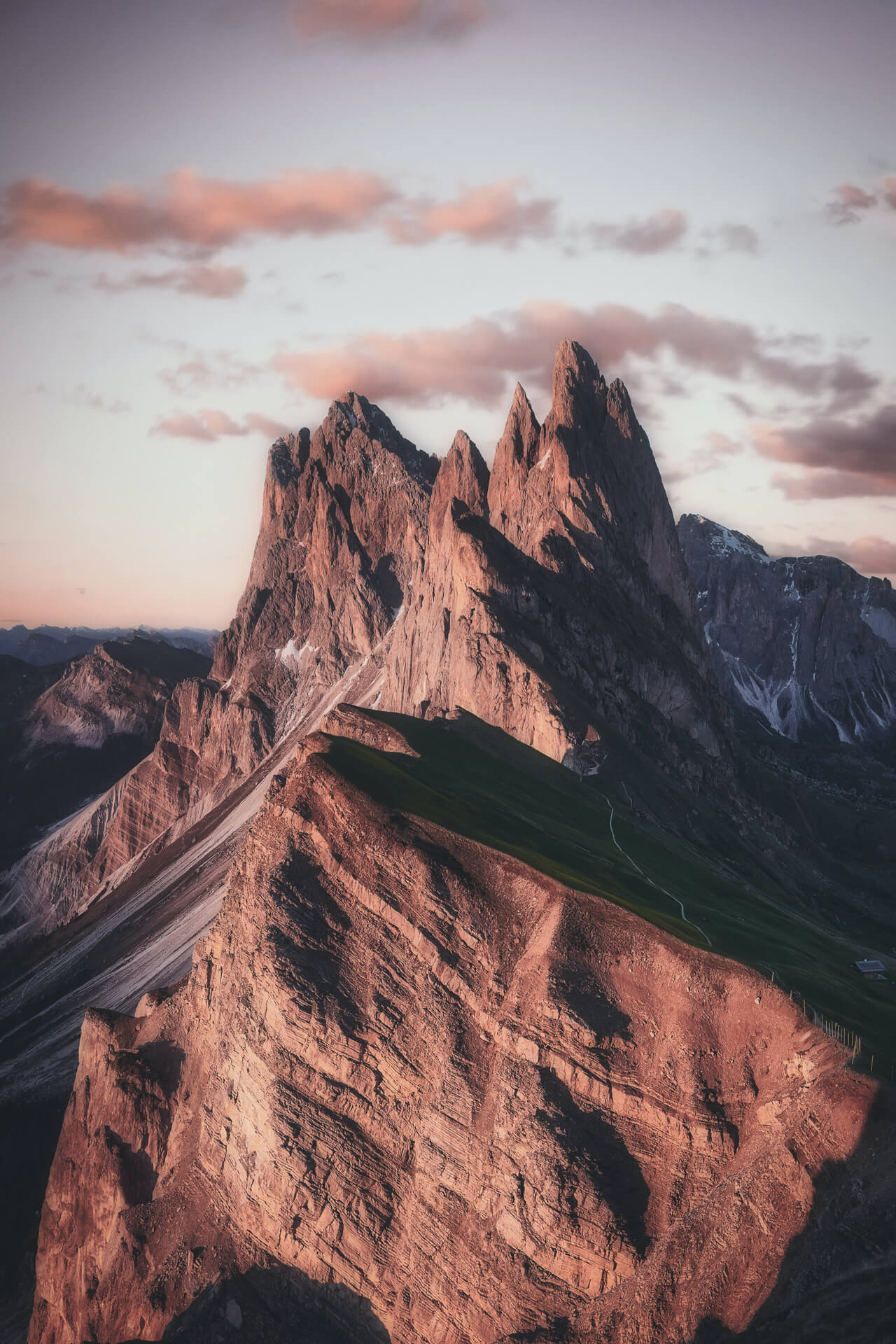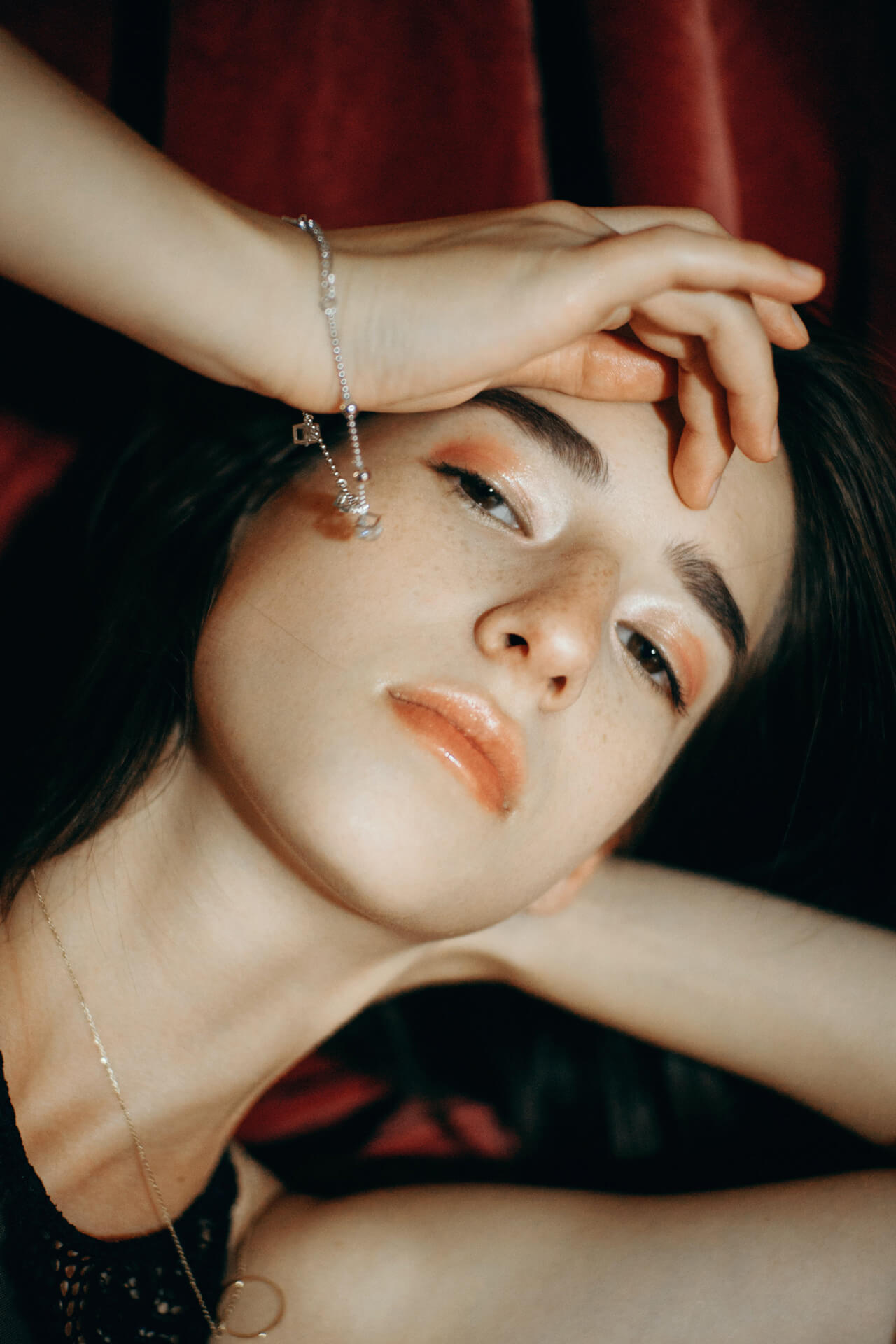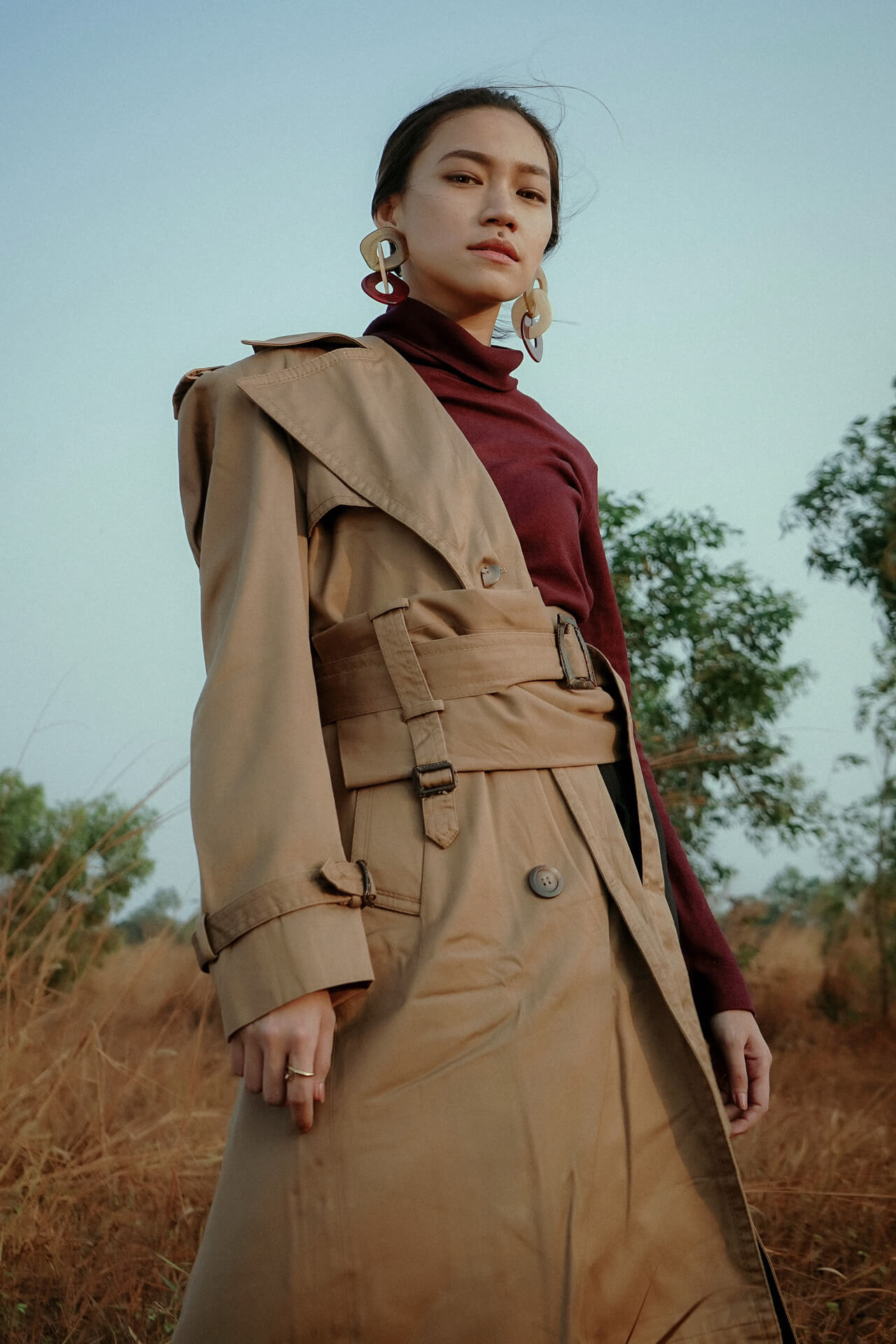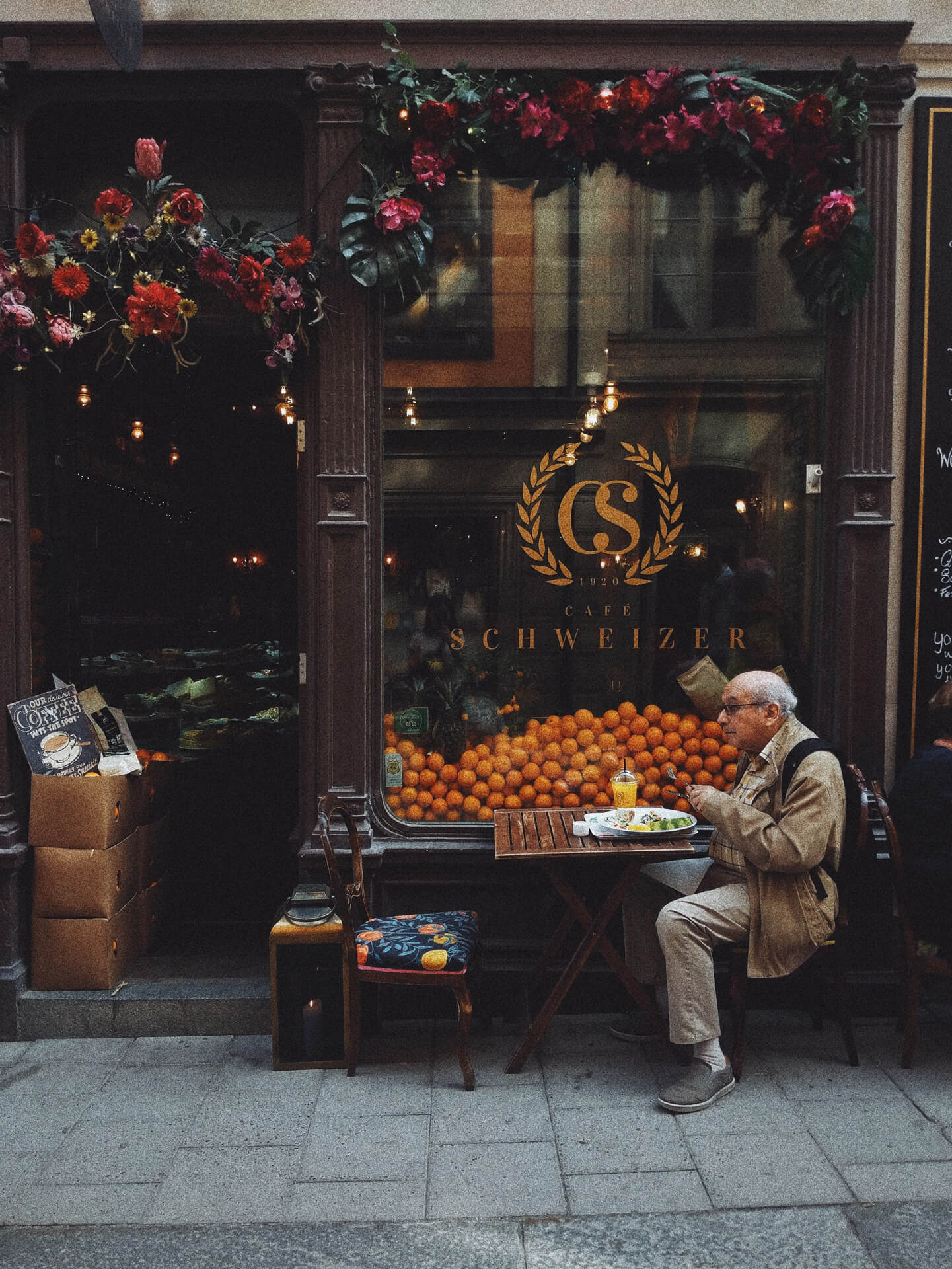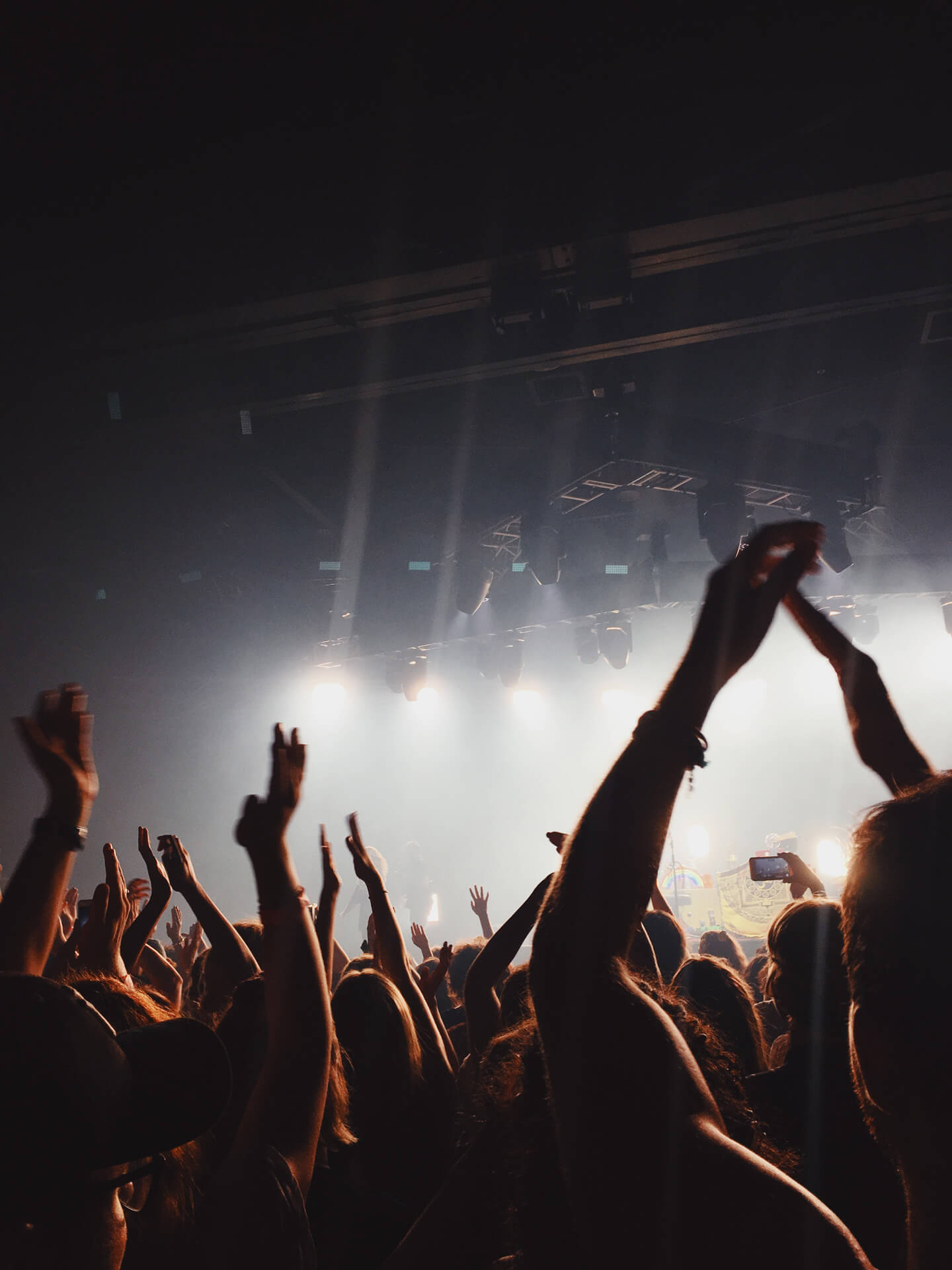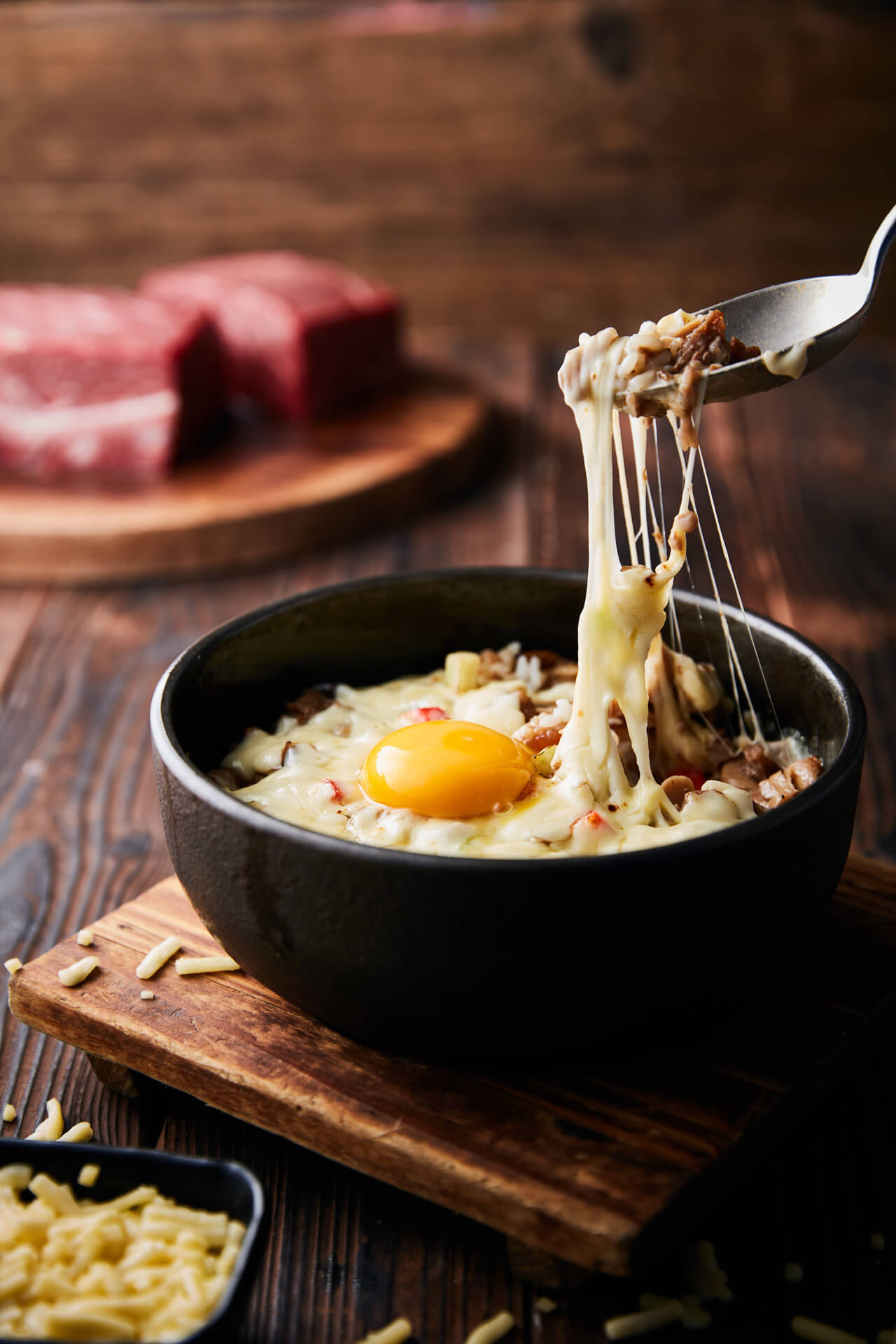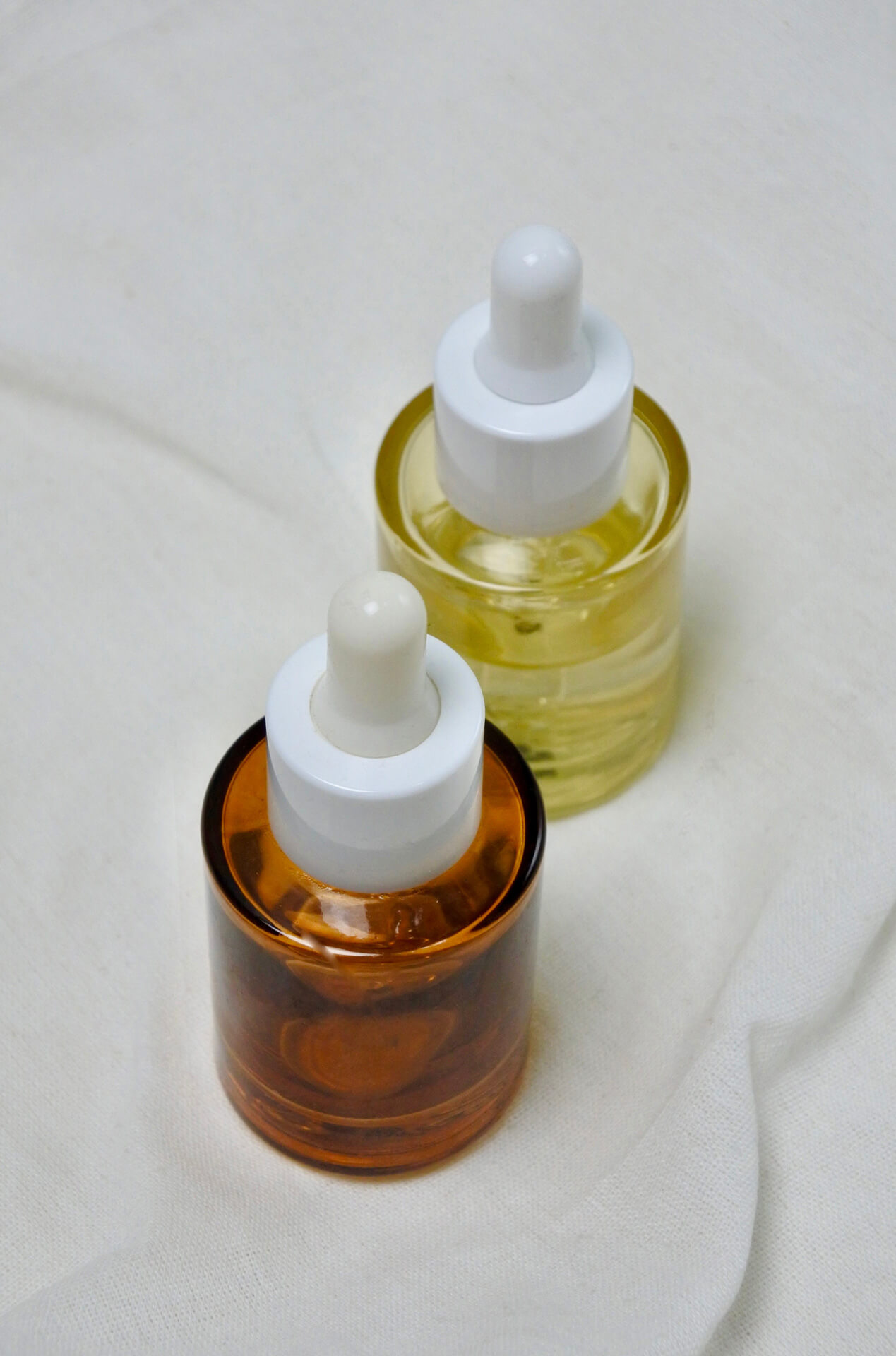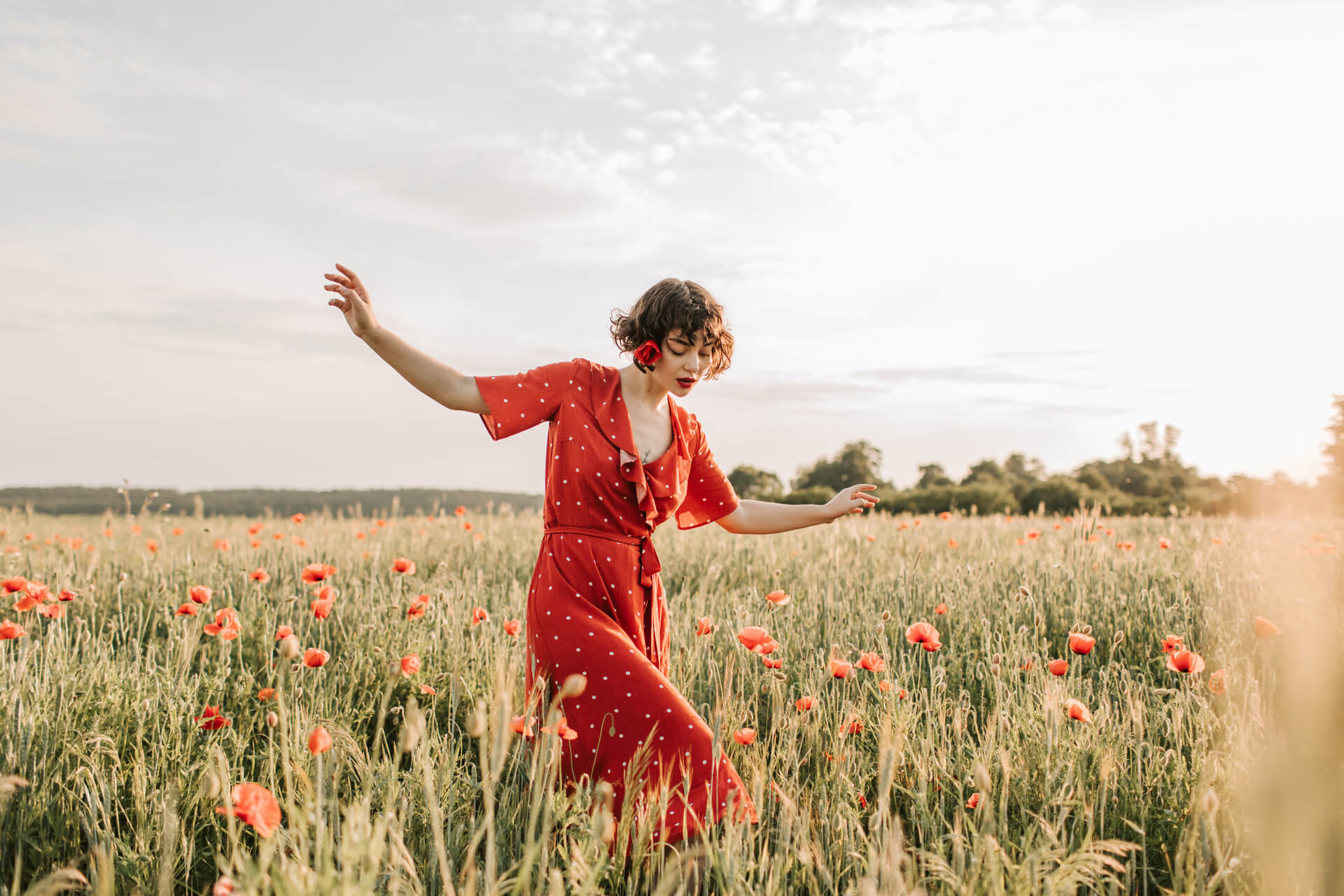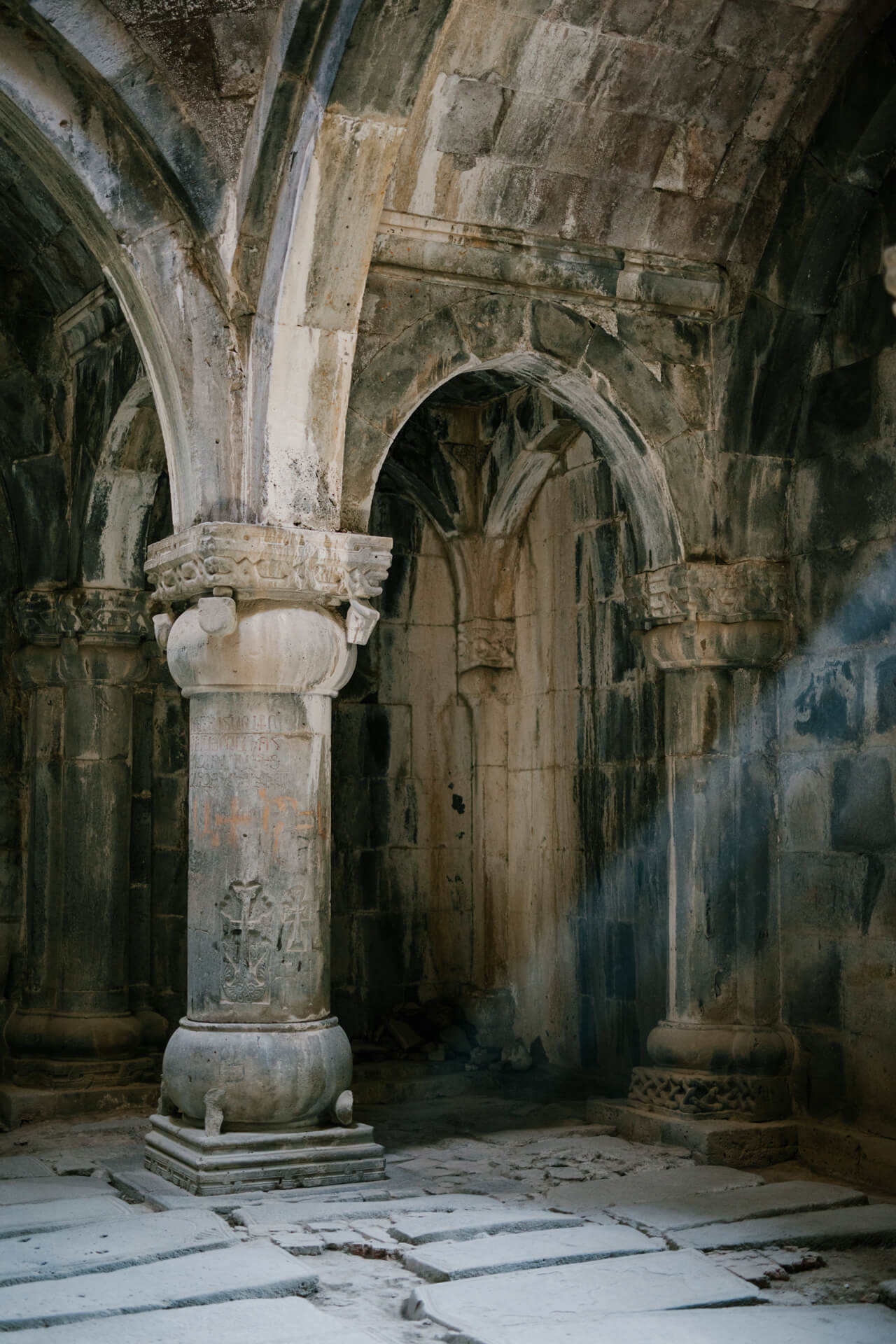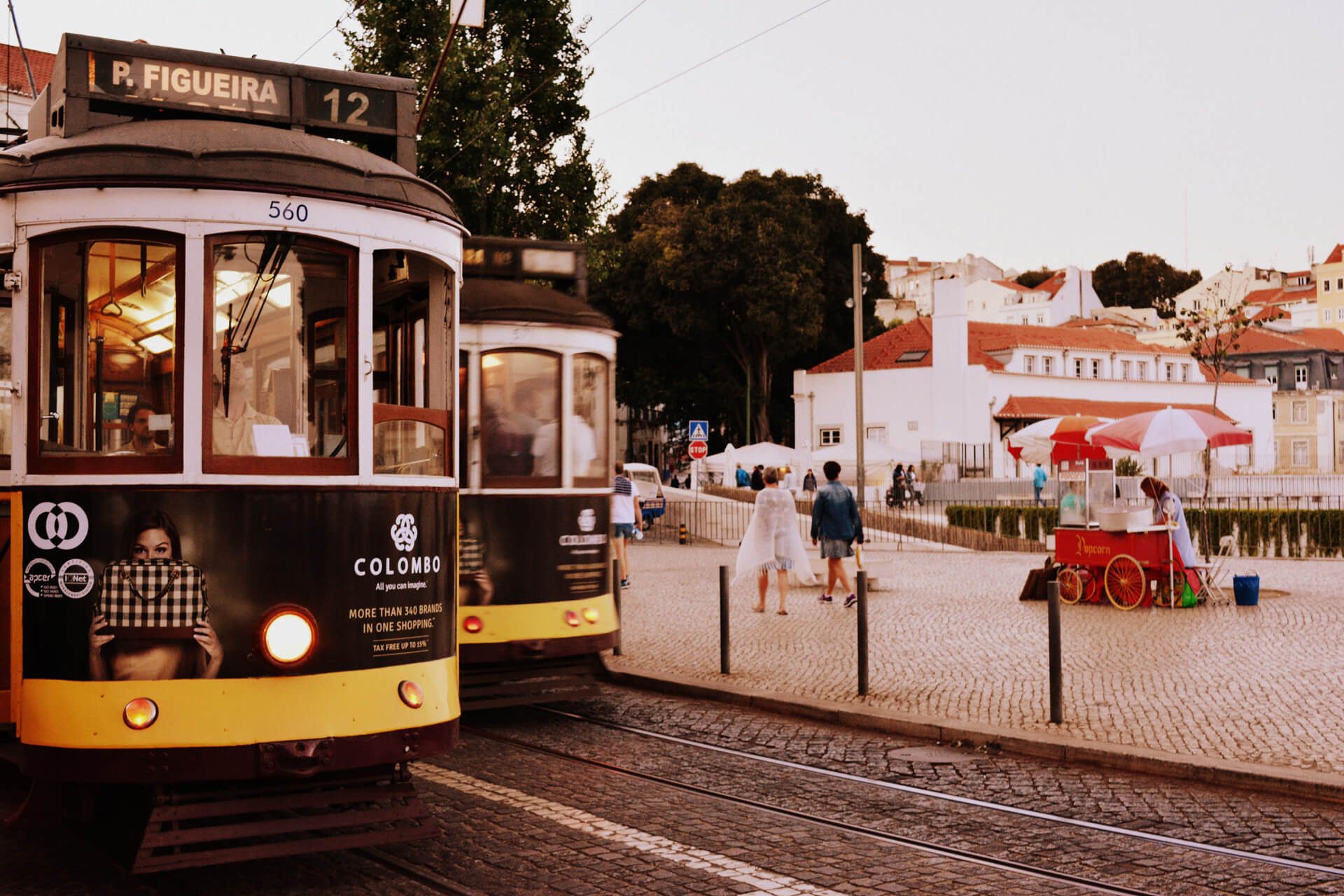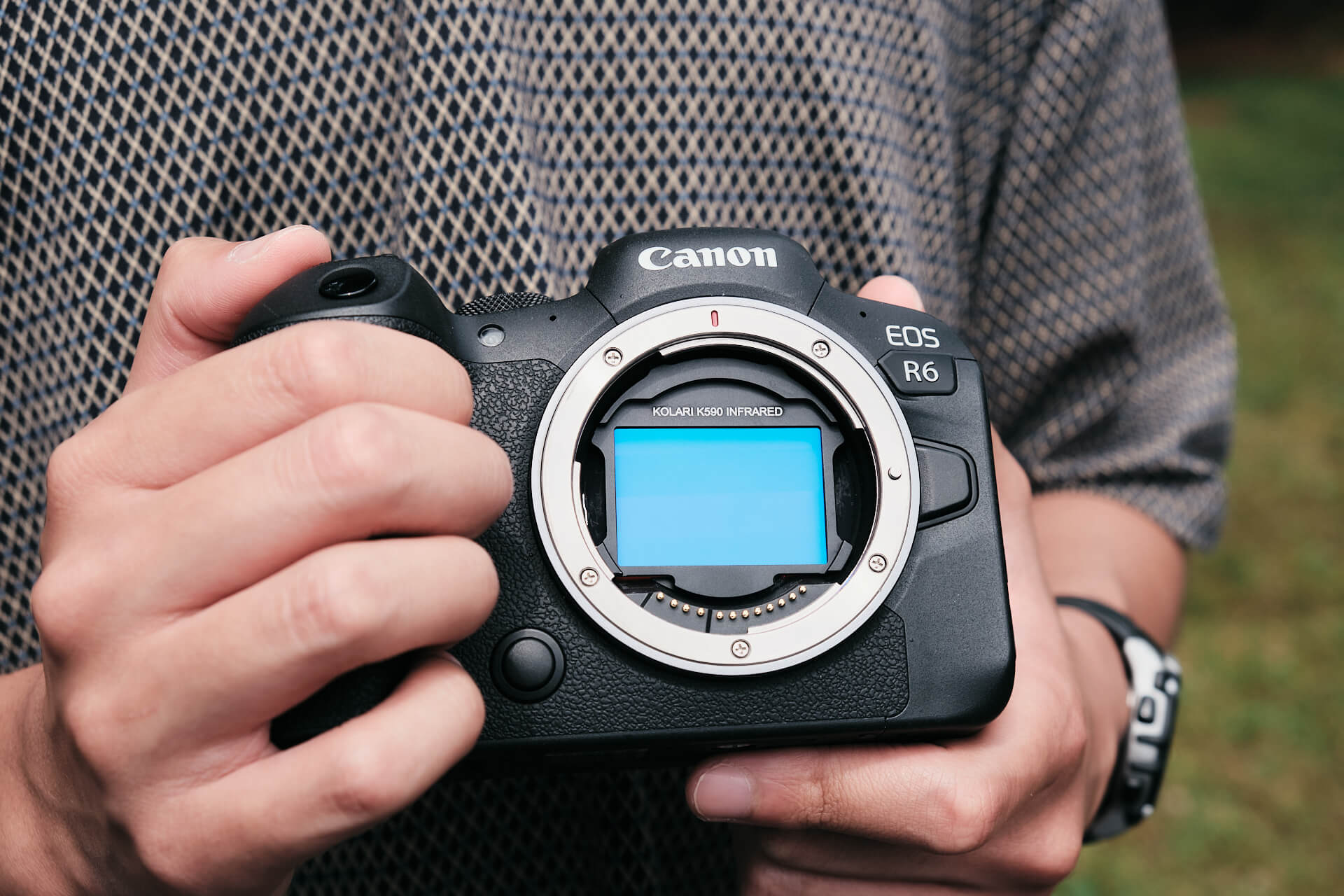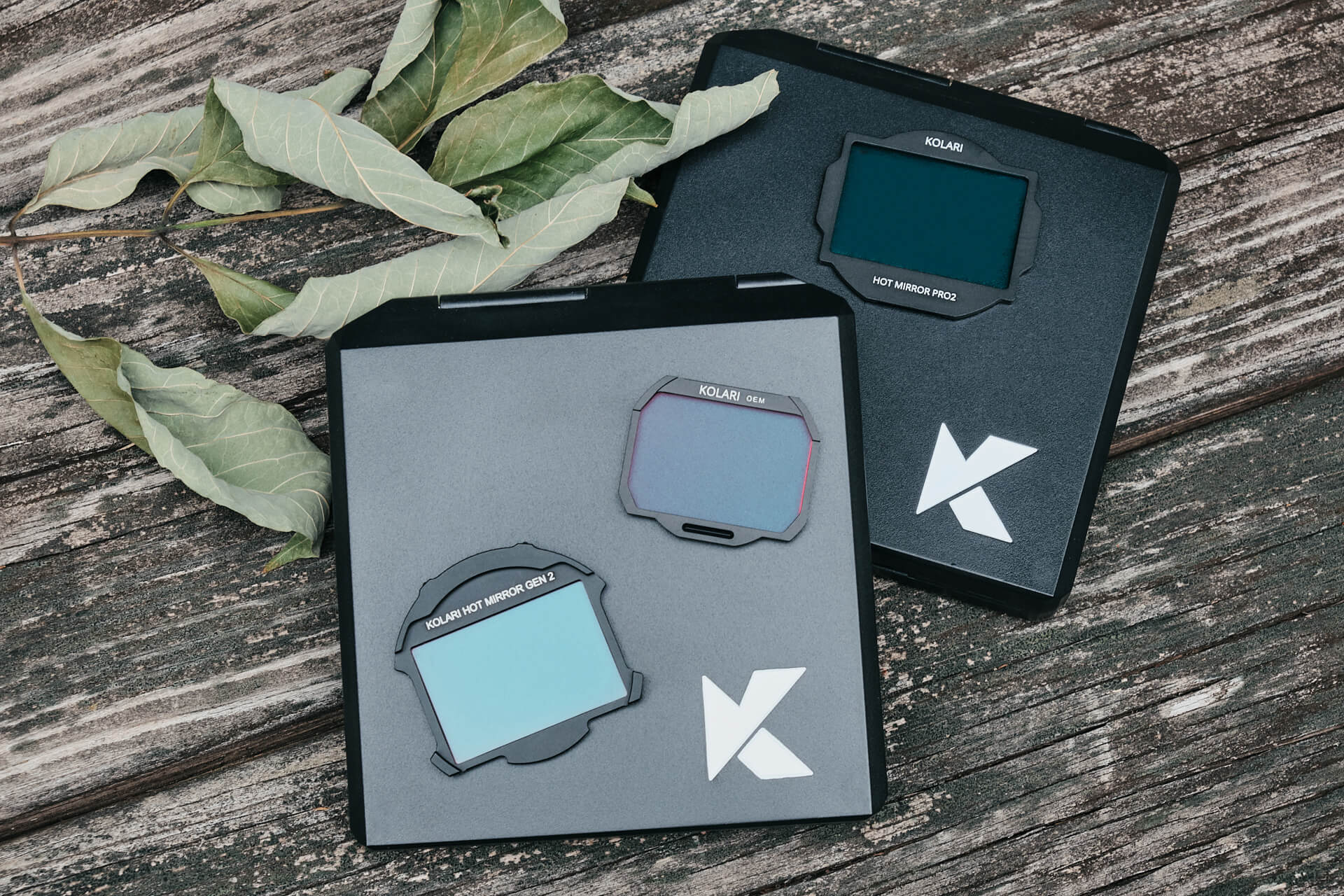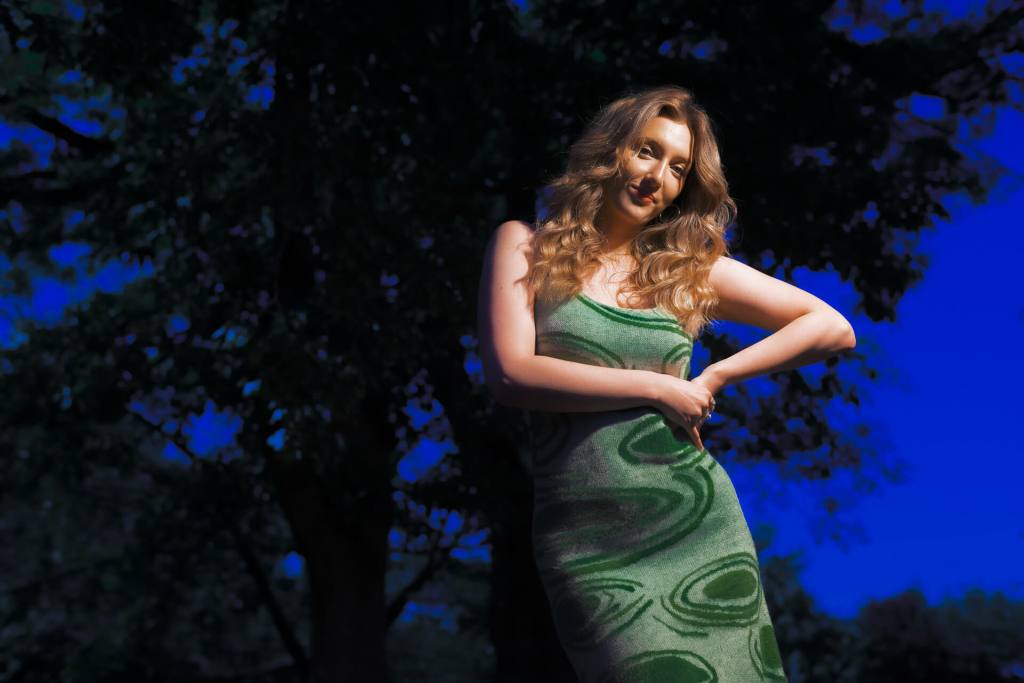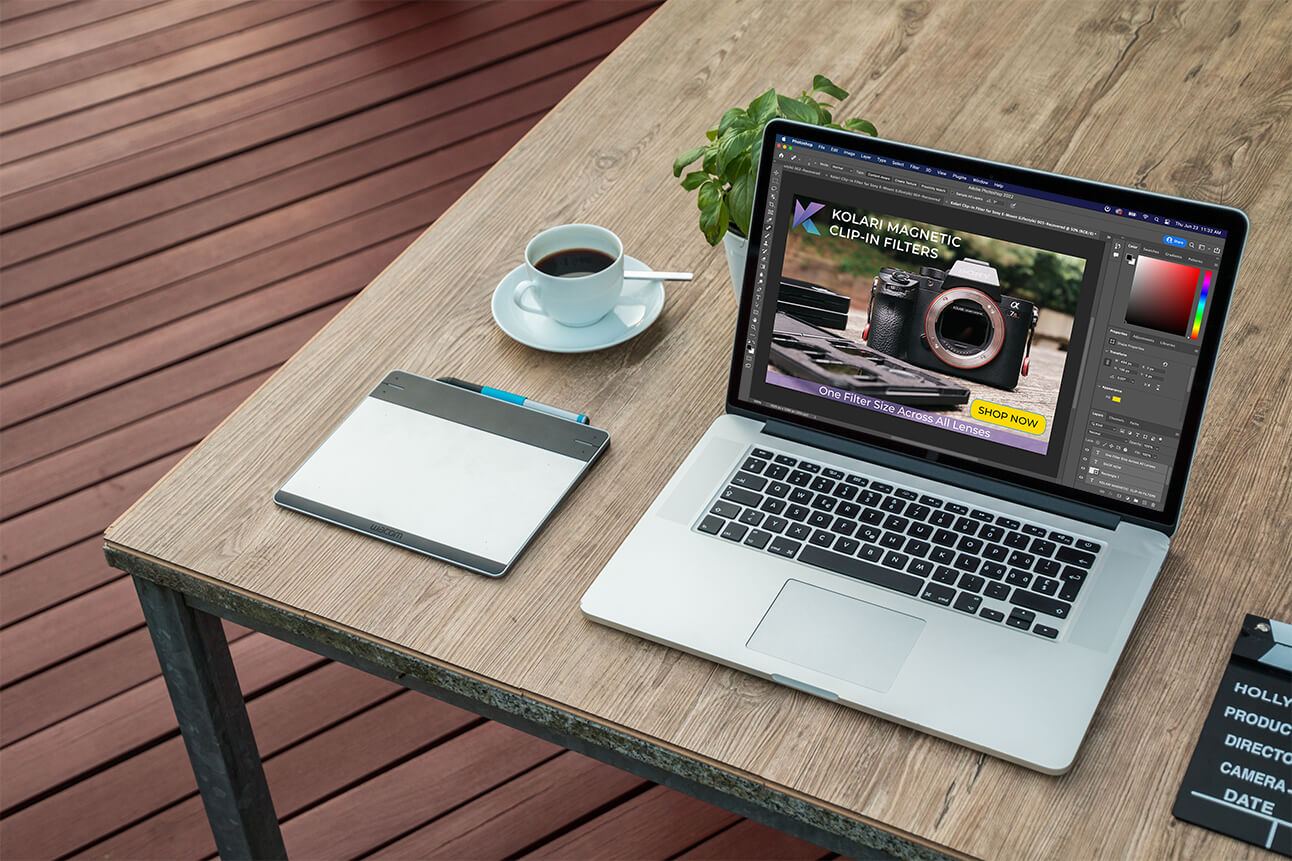Are you a budding photographer looking to hone your skills and take your photos to the next level? Whether you’re interested in portraiture, landscape, wildlife, or any other genre of photography, there are specific techniques and tips that can help you capture stunning images. We’ve previously covered several different types and genres of photography and the best starting point for your settings when shooting many of these different genres. In this article, we’ll provide you with some of the best tips for these different genres of photography to help you get started on your photographic journey.
Landscape
Landscape photography is the art of capturing images of natural scenery, such as mountains, forests, and bodies of water. The goal is to capture the beauty and majesty of the natural world, often emphasizing the vastness and scale of the landscape. Landscape photography requires patience and the ability to adapt to changing weather and lighting conditions. It’s essential to be observant of the environment and anticipate these changes. When shooting landscapes, it’s also important to consider the foreground, middle ground, and background to create a sense of depth in the image. Additionally, experimenting with different angles and perspectives can lead to unique and compelling compositions.
Some of the most vital aspects of landscape photography include understanding light and how it affects the scene. Shooting during golden hour, when the sun is low and the light is soft and warm, can create a magical effect in your landscapes. But there are many other types of light as well, such as diffused and even light on cloudy days, backlit scenes, and the use of shadows to add depth and interest to the image.
Filters can make a huge difference in your landscape photography, allowing you to control the light and enhance the overall image. Neutral density filters, like our range of top-quality Kolari Pro ND filters, are an invaluable tool for any landscape photographer, giving you complete control of the light in the scene. To lighten your load while maintaining maximum control, try our Kolari Pro VND filters to adapt quickly to changing lighting conditions. A polarizing filter like the Kolari Pro CPL is another excellent tool. It can reduce glare and reflections while boosting colors and cutting through any atmospheric haze interfering with your shot.
Ultimately, landscape photography is about capturing the essence and beauty of the natural world. It requires combining technical skills, artistic vision, and a deep appreciation for the natural environment. With a few common tools and an understanding of lighting and composition, anyone can learn to capture stunning and compelling landscape photographs.
To take great wildlife photos, it is vital to have the right equipment, including a good camera, a long lens to capture images from a distance, and a tripod. You should also have a good understanding of animal behavior so that you can anticipate when and where to take your shots.
In terms of settings, a fast shutter speed will help to freeze the motion of any fast-moving animals, while a wide aperture will blur the background and draw attention to your subject. Using autofocus can also be very helpful for getting a sharp image of wildlife on the move.
Patience is a virtue when photographing the natural world. There may be a lot of waiting around for the animals to do something interesting, but being prepared and alert, in addition to being patient, are vital to snapping the shot you imagined when the right moment strikes.
Perhaps most importantly, wildlife photographers should always respect the animals and their natural habitats. This means avoiding disturbing or harassing the animals and taking care not to damage the environment. This will ensure that you, and other wildlife photographers, can return to a spot to continue capturing interesting creatures in their natural habitat for years to come.
Portrait
Portrait photography focuses on capturing images of people, often emphasizing the subject’s personality, character, or mood. The goal is to create a compelling and beautiful image that showcases the subject’s individuality.
When it comes to portrait photography, it’s important to consider your lens. A lens with a wide aperture (low f-stop number) can create a shallow depth of field, resulting in a blurred background that draws the viewer’s attention to the subject. Popular lenses for this type of photography include 50mm, 85mm, and 35mm prime lenses.
Background and lighting are the two things that can make or break a portrait. Choose a location with a simple background that won’t distract from the subject. Interesting textures can add a layer of dimensionality as long as they aren’t too busy. Natural light always creates the best results, so opt for this whenever possible. Avoid harsh lighting at midday, which will cast deep shadows. The most flattering light is often soft, even lighting. When shooting indoors, position your subject in front of a window with a lot of natural sunlight. Use a sheer curtain or a thin white bedsheet to diffuse the light if it’s coming in too harsh. Outdoors, an overcast day often creates the most ideal lighting, or schedule your shoot around golden hour. If it’s very sunny and bright, find a shaded area to position your subject in away from direct sunlight.
When using a wide aperture to blur the background, nailing focus on your subject becomes extra crucial as, depending on your aperture and distance between your subject and the camera, they may not be 100% in focus. The eyes are the part of a portrait that often conveys the most emotion and personality, so this is the part that should be the sharpest. Always focus on the eye that’s closest to the camera.
Lastly, don’t be afraid to direct your subject. Offering guidance and posing suggestions can make them feel more comfortable and confident, resulting in a more natural and authentic image. Connect with the subject and experiment with unique angles or perspectives to capture their unique essence.
By following these tips and practicing your skills, you can capture beautiful and compelling portraits that showcase the personality and character of your subjects.
Fashion
Fashion photography captures images of clothing, accessories, and fashion models. The goal is to showcase the style, design, and aesthetic of fashion brands and designers. Finding the right models and ensuring the concept and resulting images align with the brand’s vision is essential.
Before the shoot, have a clear vision of what you want to achieve. Moodboards and concept briefs are a great way to make sure the whole team is on the same page. You can include elements such as story, styling, hair and makeup, location, posing, lighting, and anything else that may be relevant.
Build your network of other creatives to recruit for your team when necessary. Having a network of various models, agents, stylists, hair and makeup artists, producers, assistants, etc., can be such a valuable resource when you’re shooting a project that needs more than what you can do on your own to bring it to life. When you build good relationships with these people and are able to find work for them, they are much more likely to recommend you for jobs as well.
Don’t be afraid to try new things and experiment with different angles, locations, and lighting. Each of these elements contributes heavily to the story you’re telling. The lighting and location should work seamlessly together to convey the right mood and message the brand desires to tell while showcasing the clothing as best and as realistically as possible. Experimenting with unconventional angles can add extra interest and variety to your photos.
The model is the biggest thing that can make or break a fashion shoot. Always build a good rapport with the model you’re working with. Give them direction to get the shots you need, but allow them to do their own thing as well for more variety. Incorporating movement wherever possible is always a good idea in fashion photography as it shows the brand’s audience how a garment naturally moves. Giving the model an action to do not only makes the images look more natural but also makes them more dynamic.
Fashion photography can be challenging to break into. Still, through practice, cultivating your creativity, and building your network, you can capture truly beautiful and compelling images that showcase the style and story of your favorite fashion brands and designers.
Sports
Sports photography is a challenging and fast-paced genre that requires technical skills, creativity, and patience. It involves capturing athletes in motion, often in difficult lighting conditions and with various unpredictable factors such as weather, crowd movements, and equipment malfunctions. To succeed in sports photography, it’s important to understand the sport you’re photographing, including the rules, the key moments, and the athletes’ movements.
One key tip for sports photography is to use a fast shutter speed to freeze the action and capture sharp images. This can range from 1/500 for a slower sport like golf to 1/2000th or faster for a fast-moving sport like basketball or soccer. Another technique is to use a continuous shooting mode to capture multiple frames in rapid succession, which increases the chances of capturing the perfect moment.
Remember to consider the background. A cluttered or distracting background can detract from the subject and make it difficult to isolate the athlete. One way to address this is to use a wide aperture to create a shallow depth of field and make the subject stand out. Additionally, panning the shot can create a sense of motion and blur the background while keeping the subject in focus.
Overall, sports photography is a demanding but rewarding genre for those with a passion for sports. With the proper techniques and equipment, you can capture epic images that showcase the excitement and athleticism of sporting events.
Street
Street photography focuses on capturing candid, unposed, and often spontaneous moments in public places. The goal is to capture the essence of everyday life and the people who inhabit it. You can pick a spot and let the action come to you, or you can slowly wander the streets, taking the time to breathe in your surroundings. Either way, it’s good to keep in mind that you don’t always have to be on the hunt for the most interesting and unique scene. Some of the most fascinating images come from capturing mundane, everyday moments.
If you want to capture real, authentic moments, do your best to blend in with the crowd. By not drawing too much attention to yourself, most people won’t notice you have a camera. It can be helpful to pretend you’re photographing something else when trying to capture a candid moment so as not to tip off your subjects. Alternatively, approaching people on the street and asking to take their portraits can be another great way to encapsulate the spirit of the area.
Equipment-wise, street photography can be done with just about any camera, but many photographers prefer small, inconspicuous cameras that allow them to blend in with the crowd. The key is to have a camera that you are comfortable with, enabling you to capture the moments you want to photograph.
Street photography is a creative and exciting way to capture the world around us. Whether you’re interested in documenting everyday life in your own city or capturing the energy and diversity of a new place, there’s always something new to discover and explore.
Event
Event photography involves capturing images of events such as weddings, parties, concerts, conferences, and other social gatherings. The goal is to document the event and capture the emotions, atmosphere, and key moments of the occasion.
Event photography can be challenging, as many factors can often affect the quality of the images. Lighting conditions can be difficult, especially in indoor or low-light situations, and photographers need to be able to adjust their camera settings and use appropriate lighting equipment to get the best possible shots. Scouting the venue before the event can be a good idea to familiarize yourself with the surroundings, lighting, and potential obstacles you’ll be working with.
In addition to capturing the event’s key moments, event photographers are also responsible for capturing candid shots of the guests and posed shots of the attendees, depending on the type of event. While event photography often focuses on the big picture, don’t forget to capture all the small details that make the event special, such as decorations, food, and other minor elements.
It is crucial to work quickly and efficiently, as events often move fast, and photographers need to be able to capture the shots they need in a short amount of time. Shooting in burst mode allows you to take multiple photos in quick succession, which can be helpful during fast-moving events to ensure you don’t miss the perfect moment.
Ultimately, event photography is about capturing the essence of an event and telling the story of the people there. By honing your skills and developing your unique style, you can create beautiful and compelling images that your clients will treasure for years to come.
Food
Food photography is used in many settings, including cookbooks, food blogs, menus, advertisements, and social media. With the rise of food culture, food photography has become an important tool for showcasing culinary creations and enticing people to try new dishes.
It goes without saying that your subject (the food) should be the focal point of your photos. Pick a hero object and surround it with props related to the food. This can include ingredients, cooking utensils, and linens. But avoid clutter and keep the focus on the food. The image should be simple and clean. Less is often more when it comes to food photography.
Pay attention to lighting and color. Natural light and neutral backgrounds can help the food stand out. Use a reflector or diffuser to manipulate the light and reduce harsh shadows. Play with the depth of field to create visual interest. Blurring the foreground or background can add depth to the image.
Pay attention to the plating and presentation of the food. This can have a significant impact on the final image. Choose an angle that tells the story. When selecting a camera angle, consider the food’s size, shape, height, and unique qualities. Close-up shots can highlight these qualities. Don’t be afraid to break the rules and try new things. Food photography can be fun, and experimentation can produce amazing results.
Whether you are a professional food photographer or enjoy taking pictures of your meals, improving your skills can help you create stunning images that showcase the beauty and flavor of food.
Product
Product photography involves taking pictures of products for commercial or promotional purposes. The goal is to showcase the product in the most attractive and appealing way possible, often using lighting, composition, and styling to create a visually stunning image.
There are some general things to remember when shooting any product photography. Use a narrow aperture, between f5.6 to f8, and set your ISO to 100. This ensures your image will be the sharpest possible and have the least digital noise. To get the correct exposure with these settings, play with the intensity of the light and your shutter speeds.
Lighting is key. Use soft, diffused lighting to avoid harsh shadows and reflections on the product. A softbox can be used to achieve this effect. You can also consider using bounce cards or reflectors to add or remove light as needed. A white or neutral-colored background is usually the best option for product photography, as it helps the product stand out and makes it easier to edit in post-production. However, depending on the product, you may want to consider a different color or texture for the background.
Make sure to capture the product from different angles so potential customers can better understand what it looks like. This includes close-ups of important details or features. Props can be used to add context or to help convey the product’s size, but they should not distract from the product itself. Keep props simple and relevant to the product.
Use photo editing software to clean up imperfections and enhance the product’s appearance. However, be careful not to overdo it and make the product look unrealistic or misleading.
Remember that the goal of product photography is to accurately represent the product in a visually appealing way. By following these tips, you can create high-quality product images that help to showcase your product and attract potential customers.
Lifestyle
Lifestyle photography is often used in marketing and advertising to showcase products in a more relatable and authentic way. For example, a clothing brand may use lifestyle photography to showcase their products being worn in real-life situations rather than in a traditional studio setting. This type of photography can also be used in editorial and documentary work, where the focus is on capturing the subject’s lifestyle and personality.
Lifestyle photography captures candid moments and everyday life events in a creative and visually appealing way. Unlike traditional portrait photography, lifestyle photography focuses on telling a story and capturing genuine emotions and interactions. It often involves capturing subjects in their natural environments and may include a combination of posed and candid shots. The goal of lifestyle photography is to create a narrative that tells a desirable and relatable story.
To achieve the desired effect in lifestyle photography, working closely with the subjects and creating a comfortable and relaxed environment is essential. This allows for natural interactions and emotions rather than forced poses or expressions. The use of natural lighting and settings also adds to the authenticity of the images.
The best lifestyle photos are often those in-between moments that happen between actions or poses. Always have your camera ready, and take advantage of these moments. When everyone is taking a break, notice how your subject naturally moves and positions themself. In these unsuspecting moments, you will be able to capture the most authentic moments.
It can be helpful to create a story for your subject to enact in order to create the mood that you’re after. You can easily incorporate natural movement and set yourself up to get lots of those great in-between moments by giving them something to do. While focusing on the story’s bigger picture, don’t forget to pay attention to the details. They are just as important in conveying your story as the full scene.
Overall, lifestyle photography is a versatile and creative approach to capturing relatable, everyday life moments in a visually appealing and authentic way.
Architectural
Architectural photography focuses on capturing buildings, structures, and other forms of architecture. It often involves capturing the structural design and details of buildings and the surrounding environment and landscape. Paying attention to composition, lighting, and perspective is essential to achieve high-quality architectural photography.
The most important thing when photographing architecture is to keep your lines straight. Skewed lines, even only slightly, can distort your image and make it look ‘off.’ These can, of course, be adjusted in post-processing to an extent, but you run the risk of destroying your entire composition due to necessary cropping to fix the skewed lines. Whenever possible, always be extra mindful of the lines when setting up your shot. You can also try using tilt-shift lenses to help correct any distortion or skewed lines while in the field.
For architectural photography that really stands out among the rest, dare to think outside the box. Instead of only capturing the overall space, zoom in on the intricate details of the facade or capture the mood or atmosphere of the area to tell a deeper story. Don’t let poor weather conditions keep you from venturing out to get the shot. Less-than-ideal weather can lend a unique perspective or mood to the architecture and bring the building to life in a whole new way.
Travel
Travel photography captures images of people, landscapes, and cultures from all around the world. It’s about capturing the beauty and uniqueness of a particular location or culture and telling a story through images. A lot of the same tips for street, architecture, or landscape photography can apply here, depending on the type of location you’re traveling to.
Some of the best tips for travel photography are to be open to new experiences, get lost on purpose, and always bring your camera. With that in mind, it’s a good idea to travel with a small, light camera that you won’t feel any resistance to grabbing on your way out the door whenever you leave your accommodation.
In addition to these, there are other things that you can do to improve your travel photography. For example, visiting a location during off-peak months is a great way to take better photos without competing with many people. You can also practice more by traveling to different areas and shooting various scenes and scenarios to develop and enhance your skills.
Also, don’t get too caught up in taking the perfect picture. It’s important to have fun and create memorable experiences that you’ll treasure for a lifetime. The most important thing is to capture the essence of a particular location or culture and tell a story through your images.
This is, of course, not an exhaustive list of all the tips for every genre of photography out there, but hopefully, these tips inspire you to pick up your camera and get out shooting. If you’re at the beginning of your photographic journey, applying these tips to your photos and workflow should help you grow your skills faster.
If you’d like to see more content like this, check out our other articles and sign up for our newsletter to stay up to date on new content.
